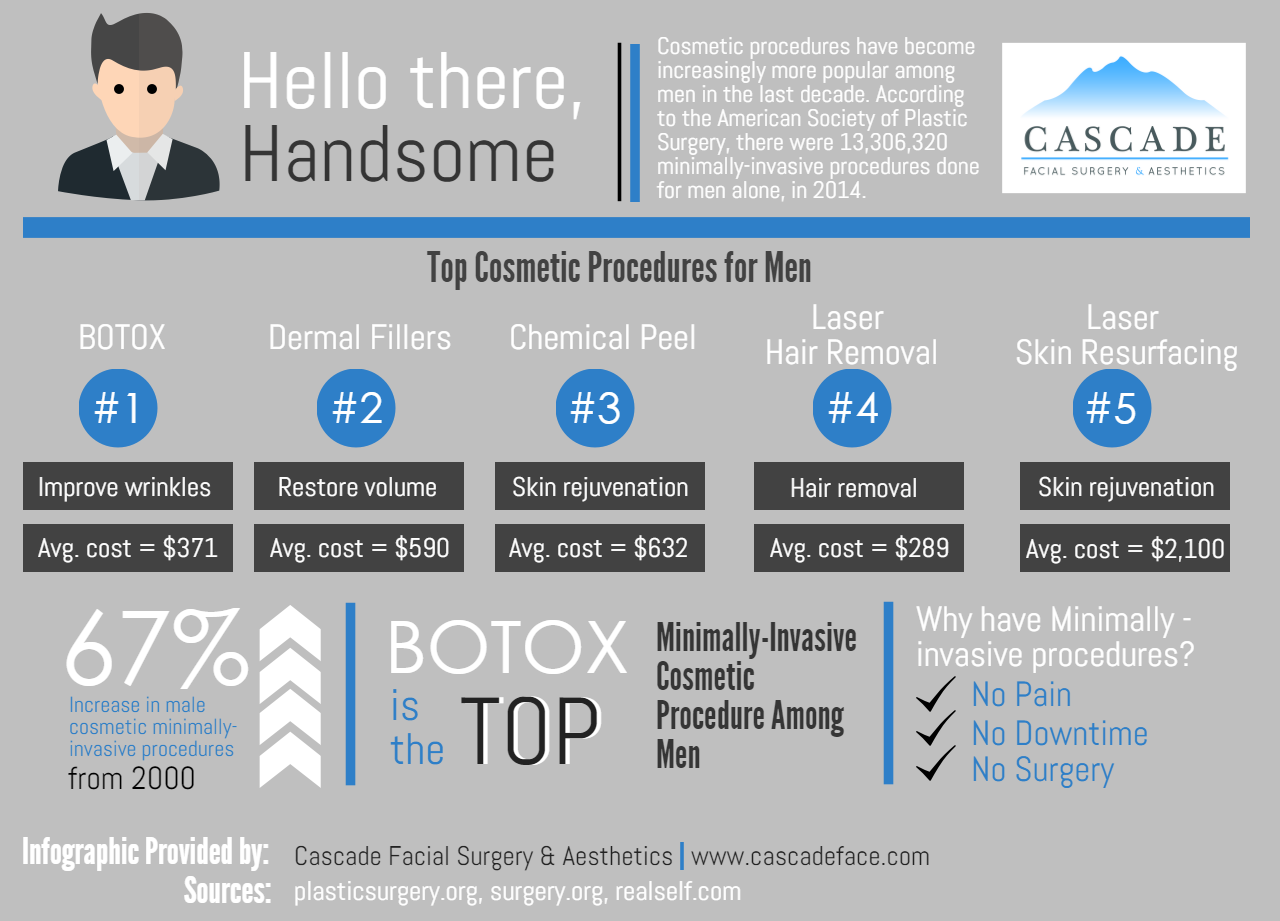Hormonal acne is characterized by clogged up pores and oily skin that commonly shows up on the chin and jawline. It happens when hormonal changes cause inflammation and bacterial overgrowth within hair roots.
Breakouts might look like whiteheads, blackheads, papules or pustules and cysts or blemishes in extra extreme cases. It is more common in teens undergoing adolescence however can influence grownups of any kind of age.
What Creates Hormone Acne?
While acne can be caused by a variety of factors, including using hair and skin care products that aren't oil-free or made with components that might block pores, genetic tendency, diet plan,2 and anxiety, the source is changing hormonal agents. Hormonal acne happens when the body experiences hormonal modifications and changes that result in an overproduction of sebum, which triggers inflammation, enhanced growth of bacteria and changes in skin cell activity.
Hormonal acne is often found on the lower jawline, cheeks and neck but can show up anywhere on the body. It is identified by imperfections that are cystic, painful and filled with pus or various other product. It is additionally more probable to happen in ladies than guys, particularly during puberty, the menstruation, maternity or menopause.
Age
While lots of youngsters experience acne eventually during puberty, it can continue to plague grownups well right into their adult years. Referred to as hormonal acne, this form of breakout is linked to variations in hormonal agents and is normally most typical in women.
Hormonal acne takes place when oil glands generate excessive sebum, which blocks pores and traps dead skin cells. This leads to the development of acnes, such as whiteheads, blackheads and papules, pustules, cysts or nodules, deep under the surface.
This sort of imperfection commonly triggers pain, redness and swelling. It might also be cyclical and appear around the very same time monthly, such as right prior to your duration starts. This is because levels of women hormonal agents like progesterone and oestrogen vary with each menstrual cycle.
Menstruation
Hormone acne usually appears in the reduced part of your face, along the jawline and cheeks, as whiteheads, blackheads or inflammatory acnes (pimples and cysts). It's more than likely to show up around the time when your menstrual cycle adjustments.
Particularly around ovulation, when estrogen and progesterone levels get on the increase, hormone variations can trigger breakouts. But it's additionally possible to get acne at any kind of point during your 28-day menstruation.
If you discover that your hormonal acne flare right before your duration, try noticing when specifically this occurs and see if it connects to the stages of your 28-day menstrual cycle. This will certainly assist you pinpoint the origin of your skin difficulties. For example, you might want to work with balancing your blood sugar and eliminating high-sugar foods, or consider a prescription drug like spironolactone that can control your hormones.
Maternity
Growing a child is a time of remarkable hormone modifications. For many females, this includes a flare-up of hormone acne. This kind of outbreak usually begins in the very first trimester, around week six. It's brought on by hormone rises that click here promote sweat glands to make more oil, which can obstruct pores and trigger even more germs to accumulate.
Breakouts might likewise take place as a result of pre-existing conditions like polycystic ovary disorder, which can likewise be a concern while pregnant and menopause. Also, some kinds of contraceptive pill (such as Ortho Tri-Cyclen and YAZ) can set off hormone acne in some ladies.
Thankfully, a lot of acne treatments are "no-go" for expecting females (including preferred acne-fighting components such as isotretinoin and spironolactone). Yet if you can't stay clear of those irritating bumps, your medical professional may recommend dental erythromycin or cephalexin, which are risk-free while pregnant.
Menopause
As ladies come close to menopause, the estrogen levels that created their hormone acne to flare throughout puberty start to stabilize and reduce. At the same time, nonetheless, a spike in androgens (also referred to as male hormonal agents) happens due to the fact that these hormonal agents can't be exchanged estrogen as effectively as previously.
The unwanted of androgens can trigger oil manufacturing by the sweat glands, which clogs pores. When the stopped up pores come to be inflamed and inflamed, a pimple types.
Hormone acne is typically seen on the face, especially around the chin and jawline, yet it can occur on the neck, back, shoulders, or breast. This kind of acne often tends to flare up in a cyclical pattern, comparable to the menstrual cycle. Tension, which boosts cortisol and tosses hormones out of balance, likewise adds to the breakouts.
